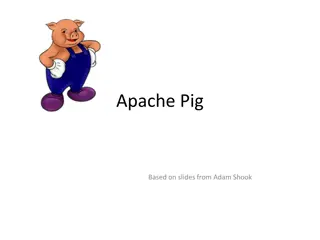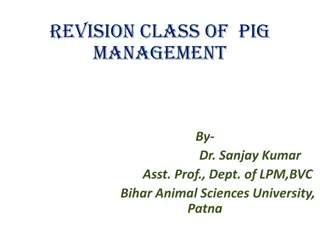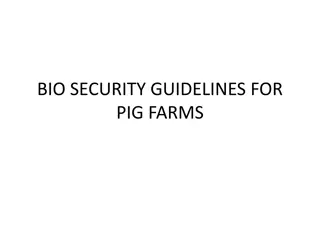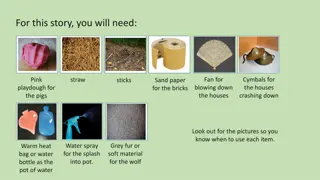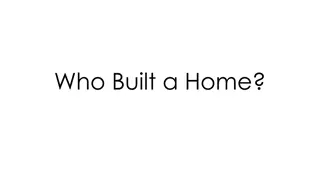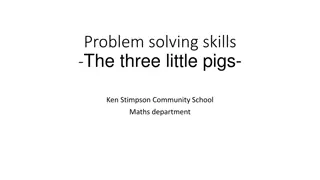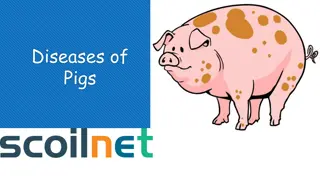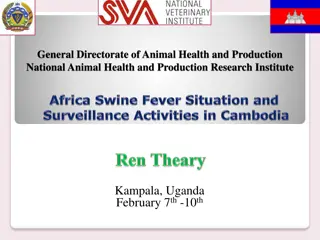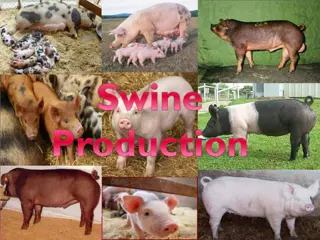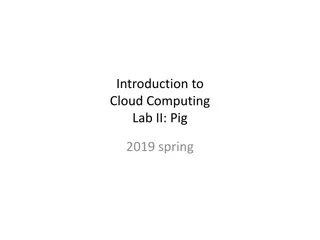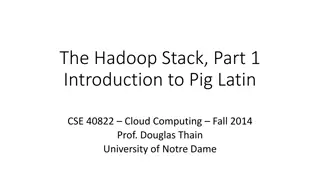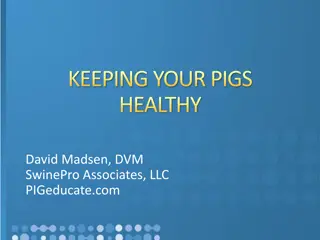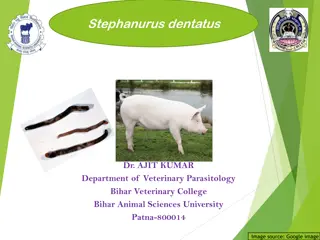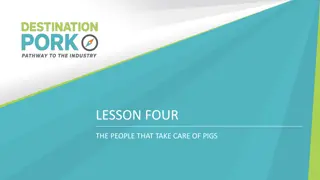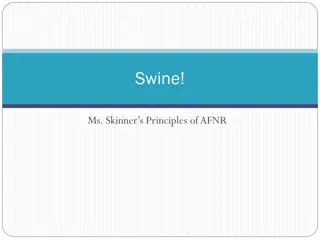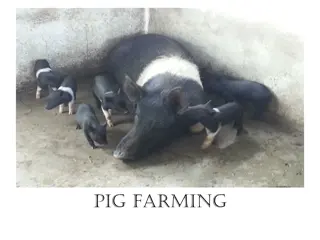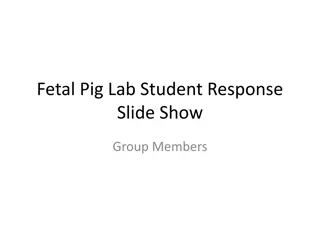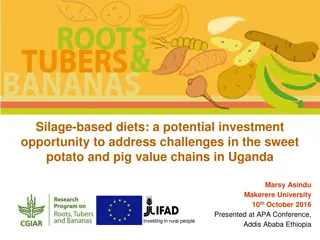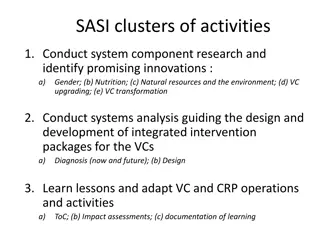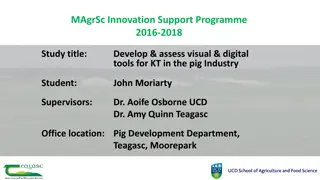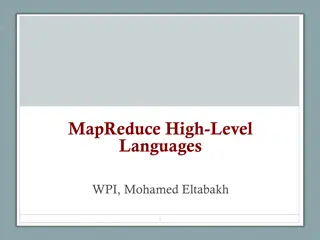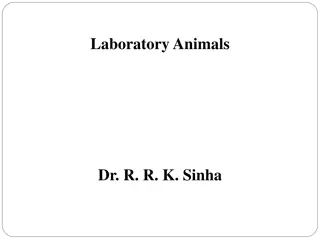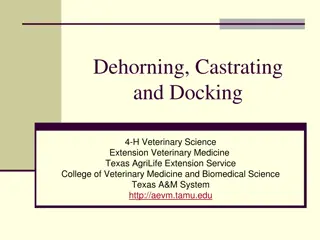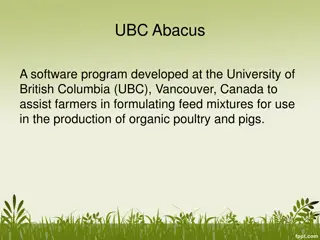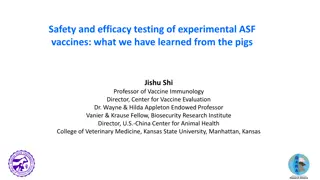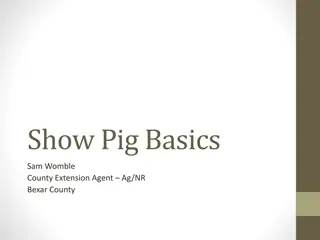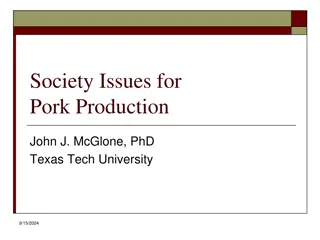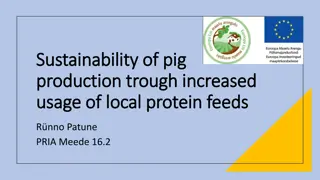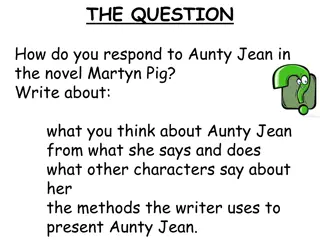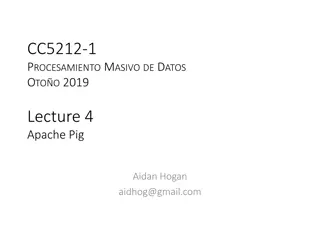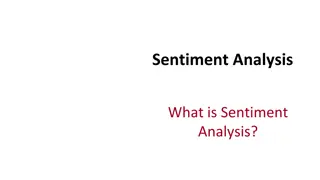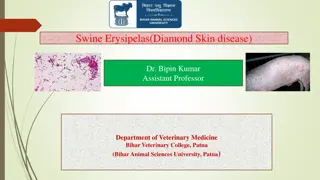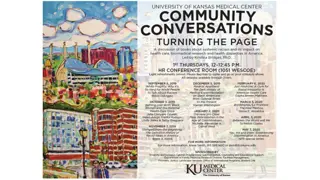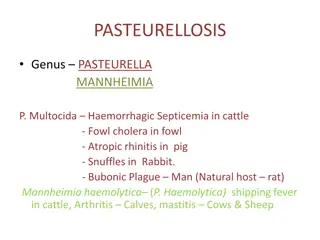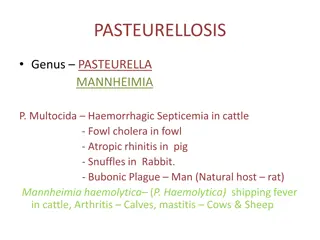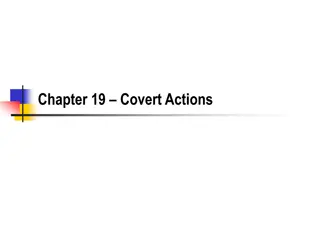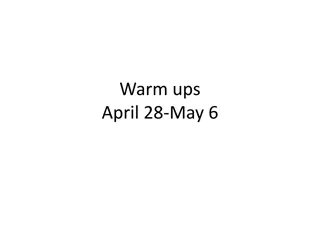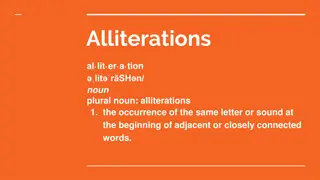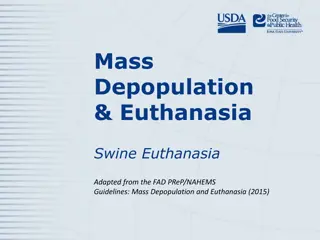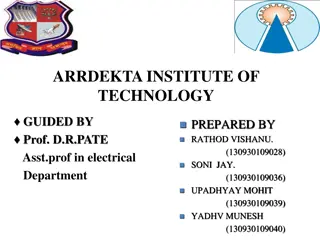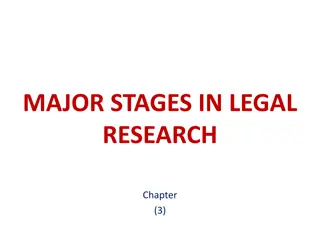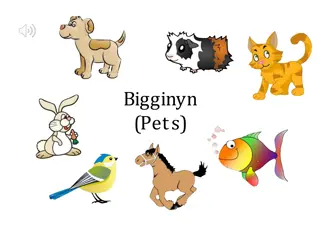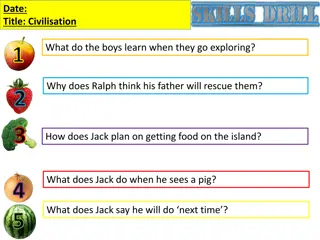Analyzing the Wisest Little Pig in "The Three Little Pigs
In the fairy tale "The Three Little Pigs" by Mother Goose, the third little pig is identified as the wisest among his siblings. By delving into the story and exploring evidence from the text, we can ascertain why the third pig stands out as the smartest character in the tale.
Download Presentation

Please find below an Image/Link to download the presentation.
The content on the website is provided AS IS for your information and personal use only. It may not be sold, licensed, or shared on other websites without obtaining consent from the author. Download presentation by click this link. If you encounter any issues during the download, it is possible that the publisher has removed the file from their server.
E N D
Presentation Transcript
The Most Dangerous Game CEC Review
Claim Your claim will be an arguable opinion (stated as fact) that you will "prove" with your evidence. This is also sometimes called a topic sentence. It should tell the reader what your paragraph will be about what your opinion is. It should: include the author and title that you are discussing restate the question answer the question
Claim Do not use phrases like: In my opinion I think I believe Do not talk to the reader. I am going to answer the question I think you should agree with me
Claim Let s practice making some claims! When you go to the movies, what is the best snack? What is the best kind of music? Why do you think you are required to take English class each year? Should we be allowed to burn the US flag? Should the death penalty be legal?
Claim Question: Which is the wisest little pig in The Three Little Pigs?
Claim In the fairy tale The Three Little Pigs by Mother Goose, the third little pig is the wisest little pig. Notice: title, author, restated question, and a clear answer
Evidence The evidence will help to "prove" your claim to the reader. Must be introduced with some of your own wording. Avoid using a complete sentence from the novel. Document with the page number in parentheses (if applicable). The evidence may take the form of a direct quotation, paraphrased material, statistical data, or any other information from your source that helps to support your claim.
Evidence Evidence: Prove your claim! Do not use a quote just to finish your sentence. Do not use a quote just to echo what you have already said. Make sure that you embed your quotes. Listen to It! When written properly, the reader should not be able to hear where the quotation marks are when the sentence is read aloud.
Evidence Use short quotations as part of your own sentence. In "Where I Lived, and What I Lived For," Thoreau states that his retreat to the woods around Walden Pond was motivated by his desire "to live deliberately" and to face only "the essential facts of life." Thoreau argues that people blindly accept "shams and delusions" as the "soundest truths," while regarding reality as "fabulous."
Evidence Notice the Punctuation! Think of the alphabet. L M N O P Q R P comes before Q. Well in most case (we ll discuss the exceptions later in the year), punctuation comes before quotation. In "Where I Lived, and What I Lived For," Thoreau states that his retreat to the woods around Walden Pond was motivated by his desire "to live deliberately" and to face only "the essential facts of life."
Evidence Now, back to the Three Little Pigs ... Remembering his mother s warning about a wolf, he builds his house out of sturdy brick. The sentence begins with an introduction, and there is a quotation from the story that flows with the context of the answer. Remember: Listen to It! When written properly, the reader should not be able to hear where the quotation marks are when the sentence is read aloud.
Evidence You may need to change words within your quote so that the sentence is grammatically correct and coherent. When changing words in a sentence, indicate the change by placing brackets [ ] around the change in the word or the changed word. The original line in the story is builds his house out of sturdy brick but if you need to use past tense, adjust the verb to make it flow and be grammatically correct. The third little pig decided to [build] his house out of sturdy brick when he remembered his mother s warning about a wolf.
Evidence You may need to omit a word or words in the middle of a long quotation to condense it or embed it into your thoughts. To omit words, use ellipses ( ) The writer removed parts of the text and changed he to the wolf and but he to and in order for the evidence to make sense and flow within the sentence. Learning from his brothers mistakes, he built his house out of sturdy bricks and [the wolf] huffed and puffed [and] couldn't blow this third little pig's house down.
Commentary Your commentary is an analysis or concluding observation that is your way of "wrapping up" the information you have presented in your paragraph. It should explain why the evidence supports your claim. It is important to end with your own analysis of the information rather than with evidence. If you end with evidence, you are emphasizing ideas from your source rather than your own. NOTE: It is important to end with your own analysis of the information and not to introduce more support or evidence.
Commentary Explain how your quote provides evidence for your answer. You can begin with phrases such as: This (action or character trait) emphasizes , This (action or character trait) demonstrates , This (action or character trait) signifies that Because of this (action or character trait) (Reference to evidence) shows that (reference to claim).
Commentary Back to the pigs Connect your evidence to the answer Start your sentence with a reiteration (or summary) of what is happening in the quotation. Be specific. Explain how the text evidence supports your answer. By building his house out of brick, the third pig demonstrates that he is smarter than his brothers, who built their homes out of straw and sticks, because the wolf was unable to destroy his property.
Lets put it all together! Question: Which is the wisest little pig in The Three Little Pigs? In the fairy tale The Three Little Pigs by Mother Goose, the third pig is the wisest pig. Remembering his mother s warning about a wolf, he builds his house out of sturdy brick. By building his house out of a stronger material, the third pig demonstrates that he is smarter than his brothers, who built their homes out of straw and sticks, because the wolf was unable to destroy his property.
Scoring a 1 The third little pig is wise because he built his house out of brick. The student does not understand the difference between a general text reference and text evidence. The third little pig is wise because he built his house out of brick and the wolf couldn t blow it down even though he huffed and he puffed. The student s choice of text evidence may have some relationship to the idea but does not clearly support it.
Scoring a 1 The third little pig is very wise because he builds his house out of brick and offers shelter to his two brothers whose houses were blown down by the roof. He also puts a large pot of water on the fire for the wolf to fall into when he climbs up the chimney. The student includes multiple ideas but does not provide textual support for all of them. In the fairy tale The Three Little Pigs , the third little pig is very wise because he is called the wise little pig. The student includes both an idea and text evidence, but instead of supporting the idea, the text evidence merely repeats, or ECHOES, the idea.
Scoring a 2 In the fairy tale The Three Little Pigs , the third little pig met a man with a load of bricks. The little pig said to him, "Please, man, give me those bricks to build me a house." This the man did, and soon the little pig had built a house with them which shows that he is wise. The student s idea is not as strong as his text evidence. His idea may be too surface-level or too briefly explained to show a deep understanding of the selection.
Scoring a 2 In the fairy tale The Three Little Pigs , the third little pig is very wise because he learns from his brothers examples and builds his house out of brick so the wolf is unable to blow his house down. By seeing what his brothers experienced with their homes, the third pig chooses the smartest material to build an indestructible home. The student s text evidence does not support the idea strongly enough to show a deep understanding, usually because there is not enough evidence presented.
Scoring a 3 In the fairy tale The Three Little Pigs, the third pig is very wise. Remembering his mother s warning about a wolf, he builds his house out of sturdy brick. By building his house out of a stronger material, the third pig demonstrates that he is smarter than his brothers, who built their homes out of straw and sticks, because the wolf was unable to destroy his property. Both the student s ideas and choice of textual evidence are strong. It is this combination that demonstrates the student s depth of understanding.
CEC Example Question: In The Most Dangerous Game, what is one significant internal change that Rainsford experiences due to his stay on Ship Trap Island?
CEC Example Claim: In Richard Connell s short story The Most Dangerous Game, Rainsford experiences a significant internal transformation when he learns to empathize with the fear of hunted animals. Notice that it gives the title and author, restates the question using the same words, and directly gives an answer to the question.
CEC Example Evidence: Before arriving at Ship Trap Island, Rainsford does not believe hunted animals have any awareness, and states, Bah! They ve no understanding. But after being hunted by Zaroff, his perspective shifts to [knowing] now how an animal at bay feels. These two sentences provide evidence that directly supports the answer. Notice how well the quotes are embedded into the sentences.
CEC Example Commentary: After his stay on this eerie island, Rainsford directly realizes that the hunted do indeed experience a keen and comprehending terror. This sentence explains how the quote supports the answer to better prove the answer.
CEC Example Put it all together: In The Most Dangerous Game, what is one significant internal change that Rainsford experiences due to his stay on Ship Trap Island? In Richard Connell s short story The Most Dangerous Game , Rainsford experiences a significant internal transformation when he learns to empathize with the fear of hunted animals. Before arriving at Ship Trap Island, Rainsford does not believe hunted animals have any awareness, and states, Bah! They ve no understanding. But after being hunted by Zaroff his perspective shifts to [knowing] now how an animal at bay feels. After his stay on this eerie island, Rainsford directly realizes that the hunted do indeed experience a keen and comprehending terror.


